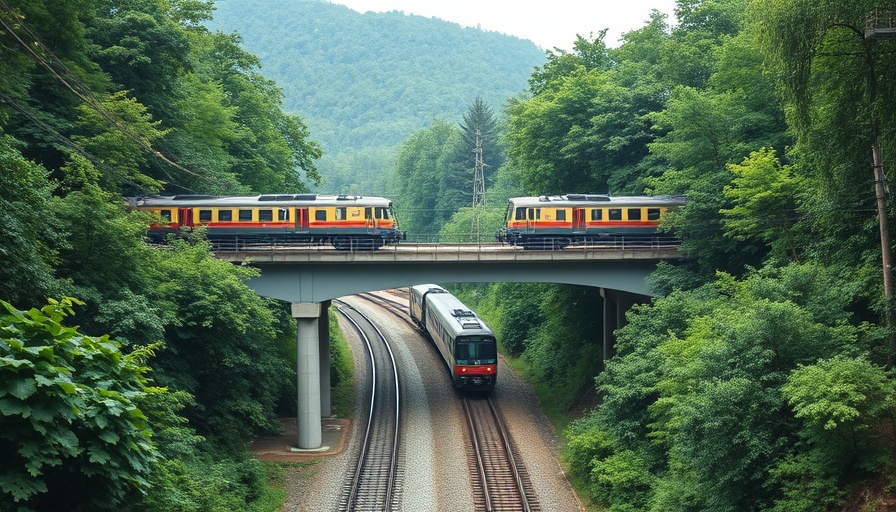
The Real Cost of Construction Mistakes
Every business owner or property developer knows that mistakes in construction can lead to financial disaster. As mentioned by the National Association of Home Builders, "90% of construction defects stem from poor workmanship or ignored codes." But what lies behind these crippling failures, and how can we prevent them?
Foundation Woes: Laying the Groundwork for Success
The foundation of a structure is its main support; flaws here can lead to severe structural failures. Foundation problems are often caused by inadequate geotechnical surveys before pouring concrete. It’s essential to invest in thorough soil testing, ensuring that the ground can support the load. Preventive measures might cost more upfront, but they are infinitely less than the cost of repairing a crumbling foundation.
Avoiding Electrical Nightmares: Safety Comes First
Electrical disasters are another common cause of construction failures, manifesting as exposed wires or overloaded panels. Hiring licensed electricians might seem like an added expense, but cutting corners in this area can jeopardize safety and lead to costly repairs. Teaming up with qualified professionals ensures that all electrical installations adhere to the latest codes and standards.
Plumbing Catastrophes: Don’t Let Them Drain Your Resources
Leaks or sewer backups can cause extensive damage to properties, resulting in expensive repairs and downtime. To mitigate these issues, property developers should pressure-test all plumbing lines and consider using PEX (cross-linked polyethylene) as it offers improved resistance against freezing. Ignoring this critical area can lead to future “plumbing catastrophes” that can ruin more than just the installation.
Structural Integrity: Why Consulting Professionals is Key
Structural blunders, such as collapsed load-bearing walls, frequently occur during renovations due to a lack of consultation with structural engineers. Before making any significant changes, it’s essential to assess the building’s framework. Investing in professional advice can prevent costly reconstruction and, more importantly, ensure the safety of future occupants.
Roofing Regrets: Protecting Your Topside Investment
Roofing failures, which may include leaks or missing flashing, often stem from substandard materials or poor installation practices. To avoid these roofing disasters, using quality materials is non-negotiable. Ice-and-water shields and metal drip edges provide necessary protection against harsh weather conditions. The payoff is significant—a long-lasting, leak-free roof minimizes both immediate and occult costs.
Common Pitfalls: The Truth Behind Construction Fails
Many construction mishaps occur because of “savvy” DIY enthusiasts assuming they have the expertise to cut costs, unlicensed contractors flooding the market, and the urgency to complete projects quickly. As you embark on your construction journey, keep these critical truths in mind: vet all contractors thoroughly, pull all necessary permits, invest in quality materials, and inspect the construction progress at every step.
Final Thoughts: Protecting Your Investment
By being aware of the common failures in construction and taking proactive measures, property developers and business owners can protect themselves from costly disasters down the line. As a community, we should aim to support our construction methods through knowledge, diligence, and adherence to best practices.
Don't let poor construction decisions haunt you. Foster a culture that emphasizes safety, quality, and professional help in your future projects.
 Add Row
Add Row  Add
Add 




Write A Comment